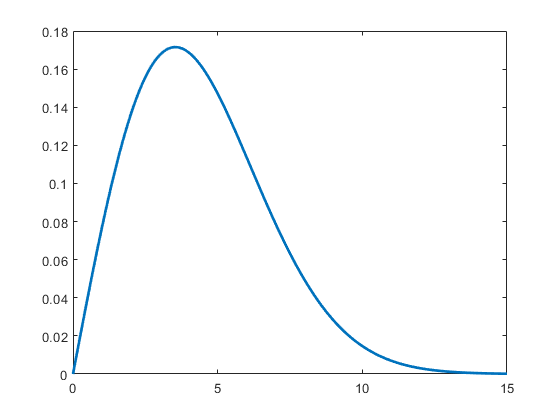Probability density function
Syntax
Description
Examples
Input Arguments
Output Arguments
Alternative Functionality
pdfis a generic function that accepts either a distribution by its name'name'or a probability distribution objectpd. It is faster to use a distribution-specific function, such asnormpdffor the normal distribution andbinopdffor the binomial distribution. For a list of distribution-specific functions, see Supported Distributions.Use the Probability Distribution Function app to create an interactive plot of the cumulative distribution function (cdf) or probability density function (pdf) for a probability distribution.
Extended Capabilities
See Also
Distribution Fitter | cdf | fitdist | icdf | makedist | mle | paretotails | random



